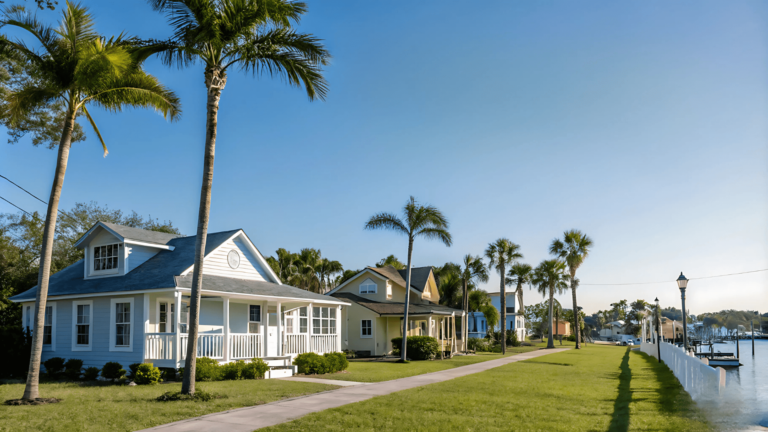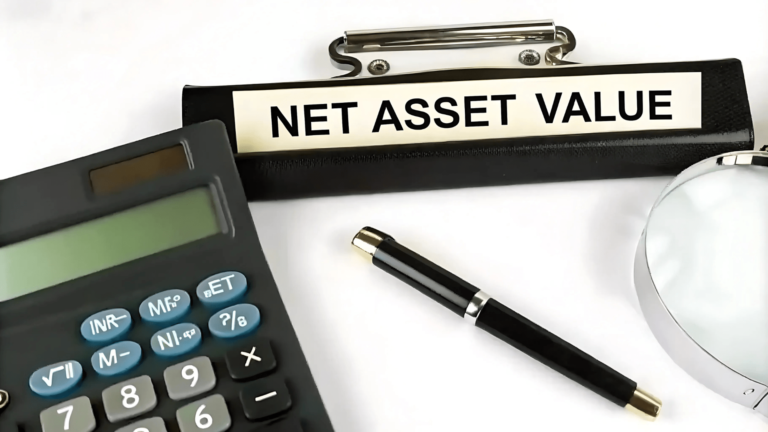Preparing for natural disasters in California is crucial for homeowners and investors. The state faces risks like earthquakes, wildfires, floods, and droughts. Key steps to mitigate these include assessing property risk, ensuring structural resilience, securing insurance, and creating emergency funds. Proactively preparing your home with safety measures and investing in community-level disaster plans can protect your investment and ensure long-term resilience. Understanding these risks and taking action will help safeguard your home and finances in California’s disaster-prone environment.
This article serves as your comprehensive guide, blending actionable tips, data-backed insights, and user-friendly resources to help you confidently navigate California’s natural disaster landscape.
Table of Contents
ToggleUnderstanding California’s Key Natural Disasters
California is a hotspot for various natural disasters, with each posing unique risks. Here’s an overview:
- Earthquakes: The state sits on the San Andreas Fault, making earthquakes a common and unpredictable hazard.
- Wildfires: Prolonged drought and rising temperatures have increased the frequency and severity of wildfires.
- Floods: Despite drought concerns, heavy winter rains can cause flash floods and mudslides, particularly in regions affected by wildfires.
- Droughts: Water shortages can escalate the cost of living and strain infrastructure.
🌟 Action Tip: Start by researching your area’s disaster history using resources like California’s MyHazards Tool.
Evaluating Property Risk: Tools and Tips
Before purchasing or investing in California real estate, it’s essential to assess the risk factors for natural disasters.
Key Steps to Evaluate:
1. Check Hazard Maps
- Use tools like FEMA’s Flood Map Service to determine flood zones.
- Investigate wildfire risk with CAL FIRE’s Fire Hazard Severity Zones map
2. Inspect for Structural Resilience
- Verify if homes are retrofitted for earthquakes. Look for braced chimneys and bolted foundations.
3. Research Local Regulations
- Some areas have stricter building codes for disaster-prone zones.
🔍 Example: A property in Los Angeles may be at high risk for earthquakes but relatively safe from flooding. Compare this to properties in low-lying Sacramento, which may face higher flood risks but minimal wildfire exposure.
Financial Protection: Insurance and Emergency Funds
Proper financial preparation is your lifeline in the face of a disaster. Understanding your options is key.
Types of Insurance to Consider:
✅ Homeowners Insurance: Standard plans cover many basics but may exclude flood and earthquake damage.
✅ Earthquake Insurance: Offered by the California Earthquake Authority (CEA). Premiums vary based on factors like location and home age.
✅ Flood Insurance: Obtainable through the National Flood Insurance Program (NFIP).
💡 Cost Comparisons:
- Earthquake insurance in high-risk areas like San Francisco can cost upwards of $1,000 per year. However, skipping it could leave you facing tens of thousands of dollars in damage repair.
- Flood insurance premiums average $700 annually but offer peace of mind and protection against catastrophic losses.
Build Your Emergency Fund
Beyond insurance, having an emergency fund is essential. Aim to save three to six months of living expenses to cover unexpected costs like temporary relocation or repairs.
🔢 Interactive Exercise: Use this to determine how much you need.
Preparing Your Home: Strategies for Safety
Taking proactive steps to protect your property can minimize damage when disasters strike.
Earthquake Preparation:
- Secure large furniture with straps or brackets.
- Install automatic gas shutoff valves.
- Retrofitting older homes is worth the investment.
Wildfire Preparation:
- Create a defensible space by clearing vegetation within 100 feet of your home.
- Use fire-resistant materials for roofing and exterior cladding.
- Install spark arrestors in chimneys.
Flood Preparation:
- Elevate appliances and electrical systems above flood levels.
- Seal basements with waterproofing solutions.
- Keep sandbags on hand during heavy rains.
💡 Pro Tip: FEMA offers grants to help homeowners retrofit their homes for disasters.
Long-Term Solutions: Resilience and Community Support
Invest in Resilient Communities: When evaluating a neighborhood, look for community-level disaster preparation efforts, like fire breaks, flood control measures, and active emergency response plans.
Build Neighbor Networks: Collaboration is essential during a crisis. Get involved in local preparedness efforts and join a Community Emergency Response Team (CERT).
Key Takeaways and Interactive Tools
Natural disasters are an unavoidable part of life in California, but preparation can make all the difference. To recap:
✔️ Understand Risks: Use tools like MyHazards and FEMA Flood Maps to learn about your area’s vulnerabilities.
✔️ Get Financially Protected: Invest in insurance and build a robust emergency fund.
✔️ Prepare Preventatively: Retrofit your home, maintain defensible space for wildfires, and take flood-proofing measures.
✔️ Think Long-Term: Resilient homes and connected communities lead to better overall outcomes.
Conclusion
As challenging as California’s natural disasters can be, they don’t have to define your real estate journey. By staying informed and taking actionable steps, you can protect your investment and your loved ones.
Are you ready to take the next step? Use our financial tools to evaluate your preparedness today. Questions about specific properties or markets? Reach out to a real estate professional experienced in disaster-prone areas.



